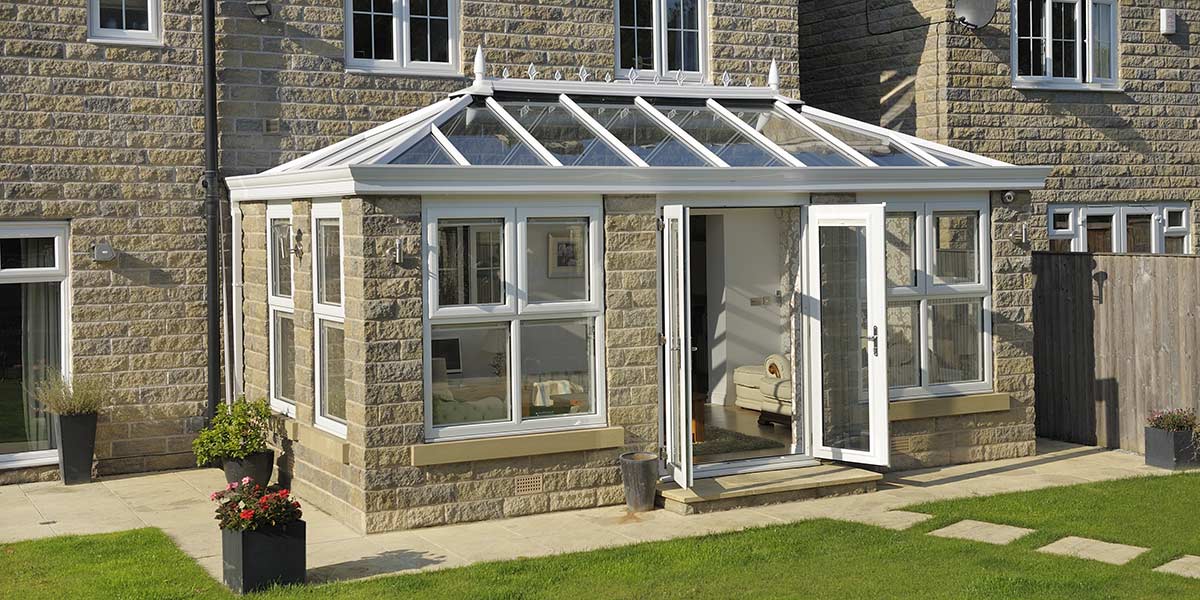You’re assured of a very warm welcome when you call into our Kendal showroom to view our fabulous products, with several experienced sales consultants ready and waiting to give you a helping hand.
What Is An Orangery?
Orangery sales have never been so strong at Planet and we can only guess it’s due to increasing numbers of people turning their backs on relocating that want to extend their residence with an alternative to the traditional conservatory.

We all know what a conservatory looks like, but you may not be quite as familiar with the orangery and once you are there’s a good chance you will want one.
First developed in the 17th Century, the “orangery” name was established as this lavish building would traditionally be utilised for growing orange trees indoors. They were a very expensive investment, so were typically only affordable enough for the country’s most affluent landowners. Unlike in the modern day, an orangery would be constructed completely separate from a house and stand on its own.
You can easily differentiate an orangery from a conservatory by its flat or lantern roof covering, dense columns and pillars, expansive glazed windows and brick-built walls and base. Enter into an orangery and you will also feel immense warmth.
Three different types of material are used to construct the various orangeries we sell at Planet:
- UPVC
- Aluminium
- Heritage
How much does an orangery cost?
Money will of course dictate what people can spend on a home extension and we won’t lie, orangeries are more costly than conservatories, but this shouldn’t put you off the idea of buying one. Think of the years of pleasure the investment will provide to you and your family over 20+ years.
Will I need planning permission?
Unless the orangery is considered to be a “permitted development” there is a chance you will need to submit an application for planning permission to your local planning department before the installation commences.
There is a series of limits and conditions that must be met for you to have “permitted development” rights, some of which we have outlined below:
- No more than half the area of land around the “original house” would be covered by additions or other buildings.
- No extension to be higher than the highest part of the roof.
- Maximum height of a single-storey rear extension of four metres.
- Maximum eaves and ridge height of extension no higher than existing house.
- No verandas, balconies or raised platforms.
All of the relevant limits and conditions can be viewed here. If even one of the limits and conditions isn’t met you will have to apply for planning permission.
Orangeries from another Planet
Planet has a wonderfully eclectic selection of orangeries available and has installed hundreds of them locally, as you can see on our Living Spaces page.
Want to speak with an Advisor? Give us a call on 0800 61 222 55
Our friendly team will be pleased to help with any questions you may have.
